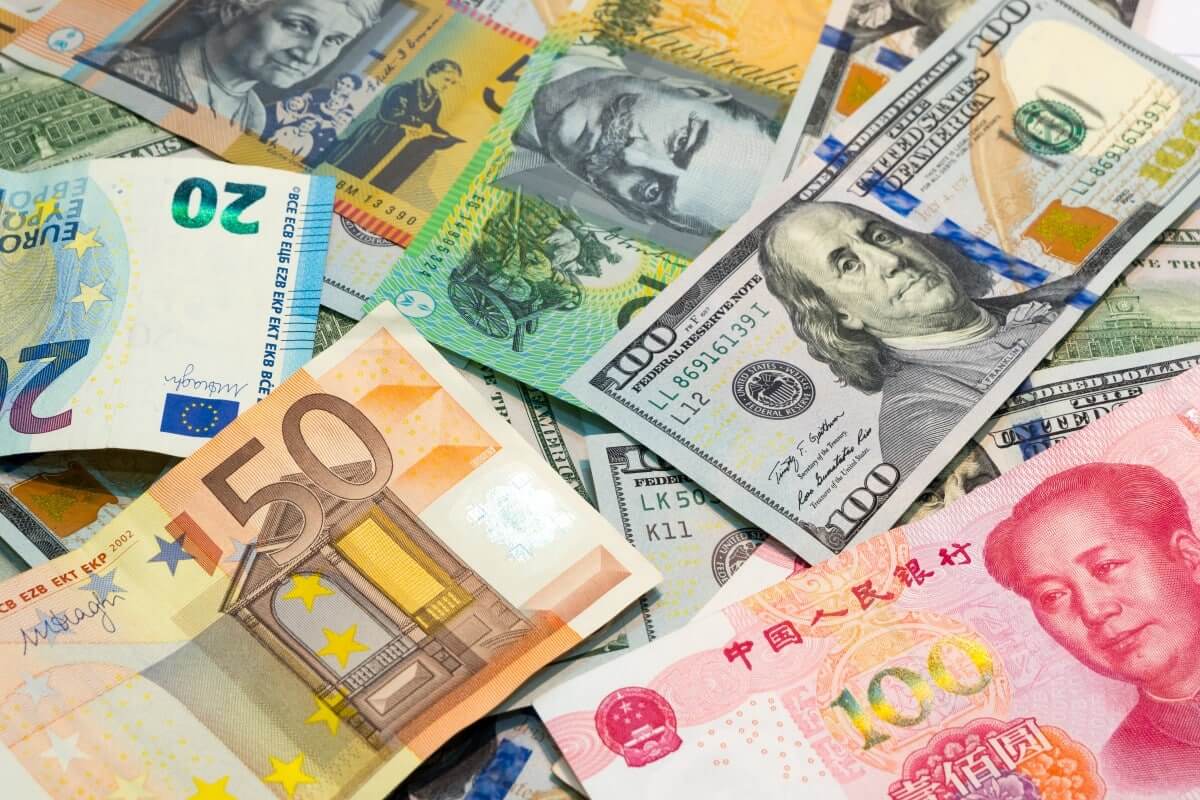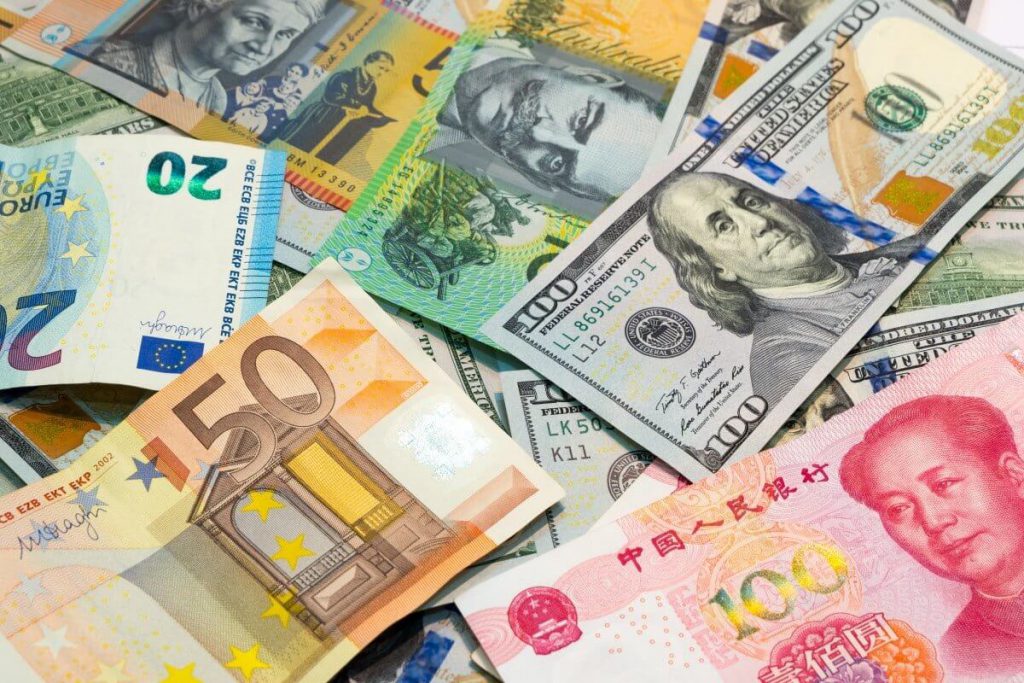
The Dollar Was on The Offensive
The dollar gained ground on Thursday after Federal Reserve Chair Jerome Powell hinted that interest rates in the United States would likely climb further than expected, frustrating traders’ hopes for a shift in tone and shifting the focus to Friday’s jobs report.
Although a Bank of England meeting and U.S. labor statistics loom before the conclusion of trade in New York on Friday, the dollar hit a week-high of $0.98112 per euro in early Asia trade.
As expected, the Fed lifted its target funds rate by 75 basis points to 3.75-4%. The dollar initially declined in response to signals in the Fed’s statement of future lesser raises.
Japan’s yen stayed resilient despite dollar gains, remaining at 147.90 per dollar, stoking rumors of possible government intervention.
Last month, Japan paid a record $42.8 billion to prop up the yen through a series of secret currency purchases, on top of over $20 billion spent in September. On Thursday, Japanese markets did not operate for a holiday, reducing Asian currency trade.
Sterling lost 0.8% against the dollar overnight, hitting $1.1378 in early Thursday trade. Markets are pricing in the BoE’s biggest boost since 1989, raising interest rates by 75 basis points later in the day.
“The risk is that the Bank of England maintains its tightening tempo and delivers a 50bp raise,” said Commonwealth Bank of Australia economist Kim Mundy. “A 50bp increase would be regarded as ‘dovish’ by market players and might push sterling down.”
DXY Up
The U.S. dollar index was at 112.13, its highest level in seven days. In offshore trade, China’s yuan was trading at record lows of 7.3408 per dollar, while other Asian currencies were under pressure.
European stock markets should open lower on Thursday after another large hike by the Federal Reserve and bad Chinese economic data stoked global recession concerns ahead of the Bank of England’s policy meeting.
Oil prices dipped Thursday, retreating from a three-week high, as dismal Chinese economic data suggested that demand growth in the world’s largest crude importer was slowing.


